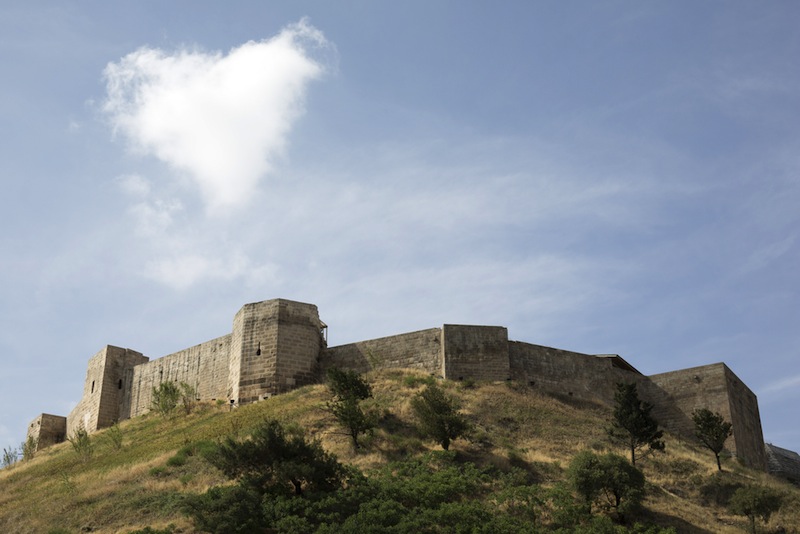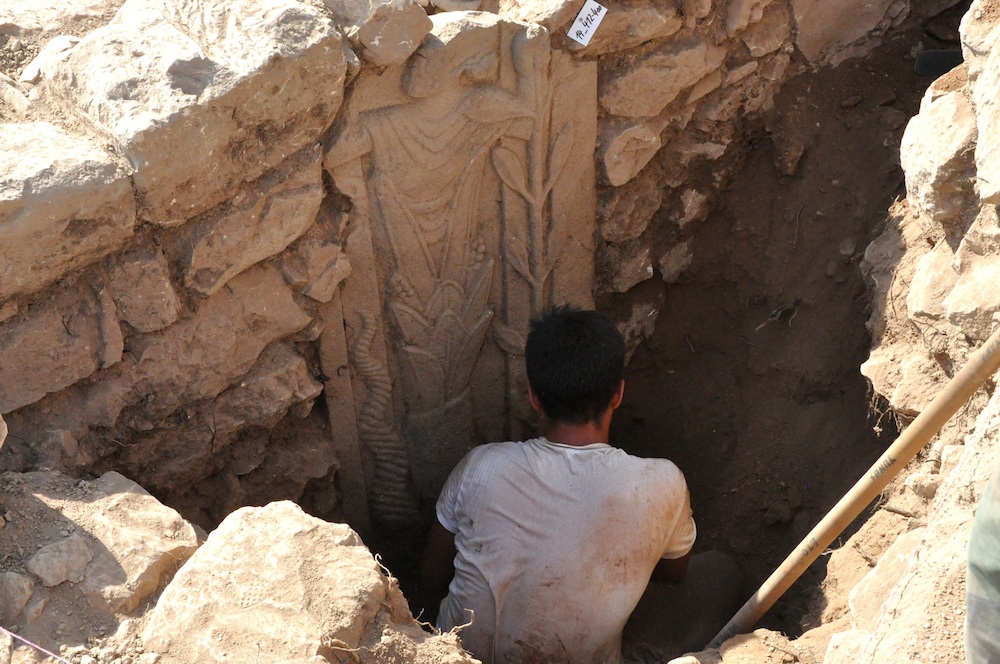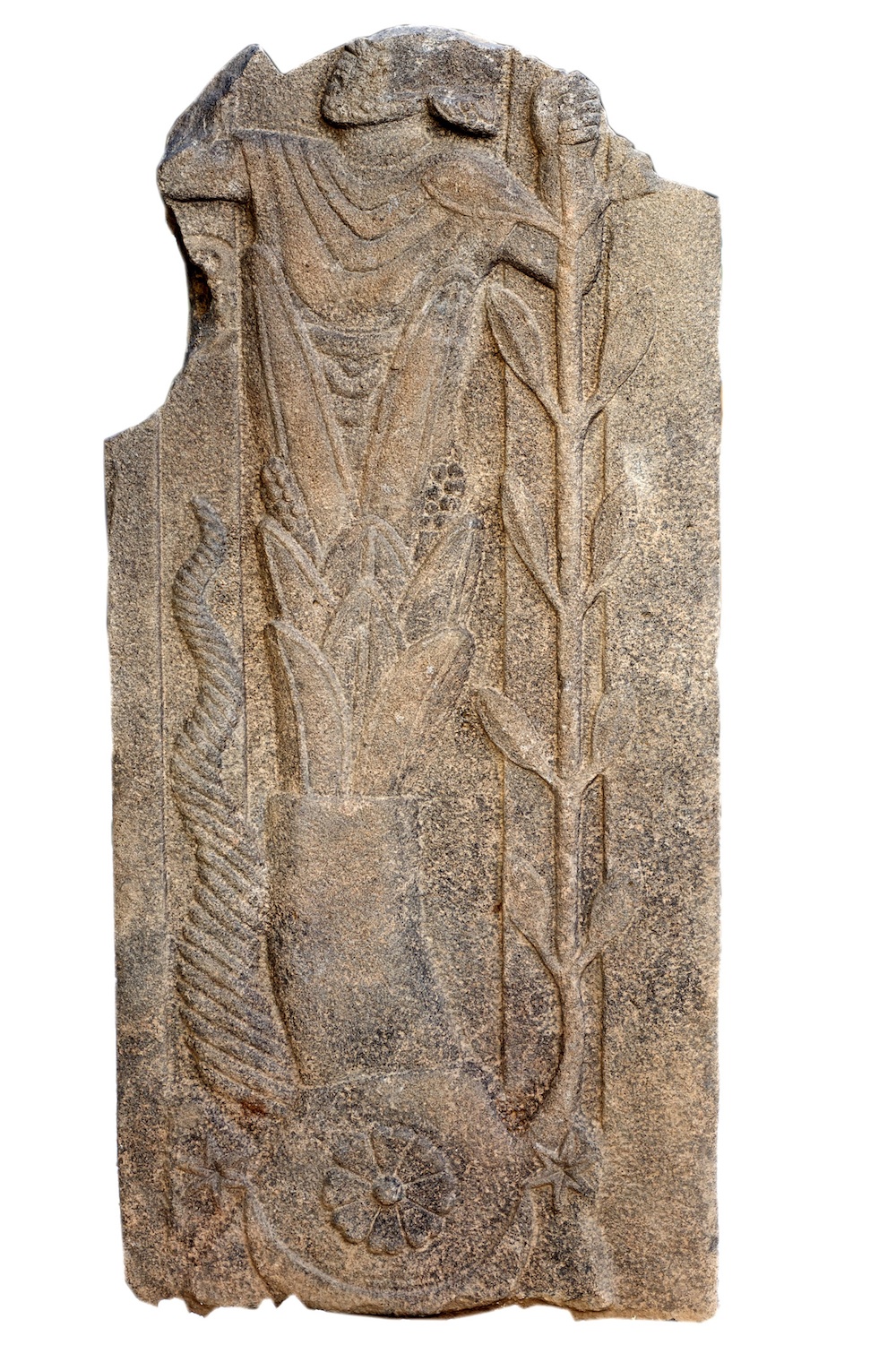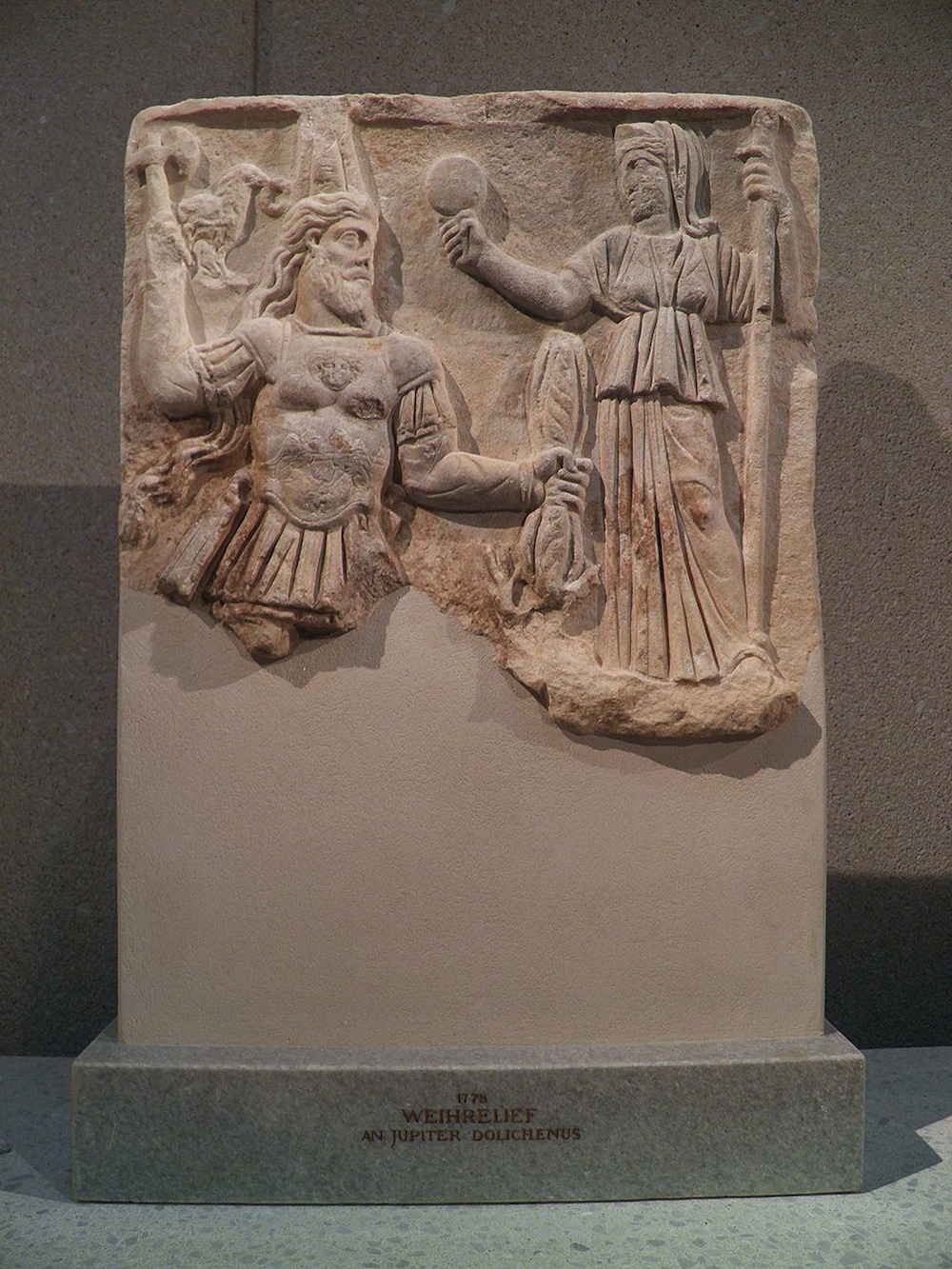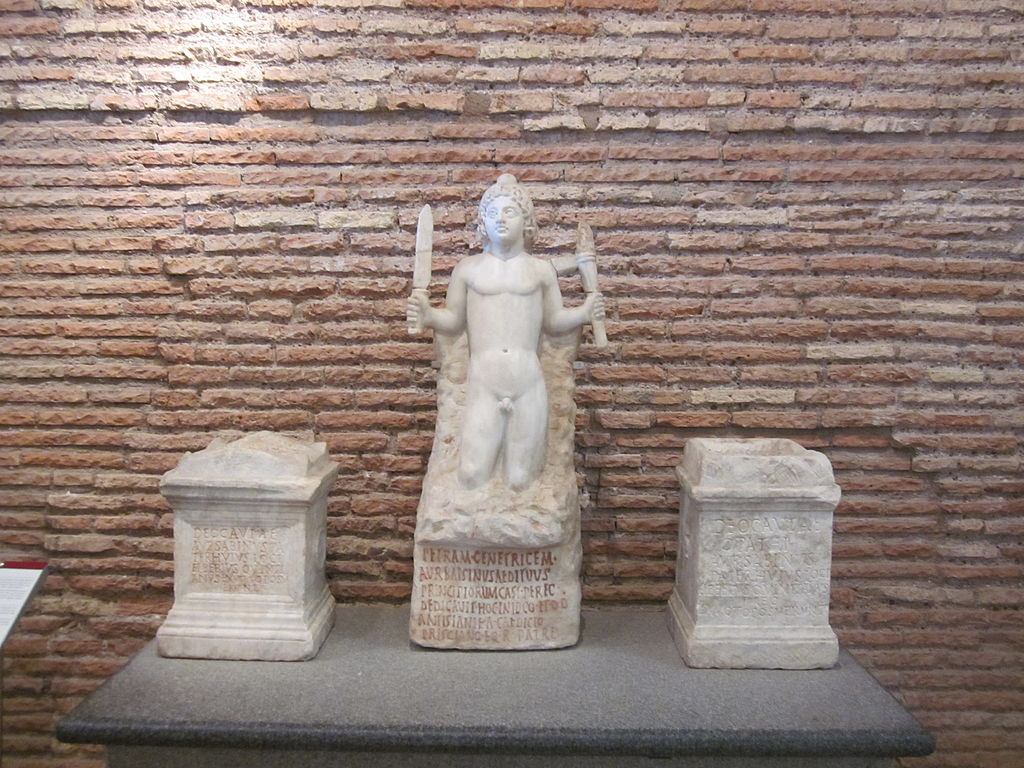A mysterious relief of a completely unknown Roman god was recently unearthed in Gaziantep, Turkey. The relief, which was found in an ancient temple to the deity Jupiter Dolichenus, shows a bearded man emerging from a flower or a plant. The enigmatic relief has stumped experts in the field. The man's head seems Roman in depiction, but some of the symbols on the relief are found in Near Eastern religions. [Read the full story on the unknown Roman god]
Ancient crossroads
The relief was first discovered at the site of the Jupiter Dolichenus temple in southeast Turkey, near the border with Syria. The city, Gaziantep, has been continuously occupied for thousands of years, and has long sat at the crossroads of many cultures, from the ancient Hittites to the Arameans. (Photo credit: ihsan Gercelman/Shutterstock.com)
Religious site
The ancient temple, which is more than 2,000 years old, was destroyed and medieval Christians later built a monastery on the site. Later, the site became a shrine for an Islamic saint. The excavation is on a hill overlooking the plains, where the ancient city of Doliche, or Duluk, once stood. (Photo credit: Peter Jülich)
Supporting wall
While excavating at the ruins, the team uncovered a plastered-over relief buttressing the walls of the Mar Solomon monastery. When the team painstakingly revealed the relief, they were surprised to find a completely unknown Roman deity. (Photo credit: Peter Jülich)
Get the world’s most fascinating discoveries delivered straight to your inbox.
Religious Mashup
The relief depicted a bearded man emerging from a plant or a flower while grasping a stalk. The unknown god may have been one of the sub-deities, or Baals, of the main god of the temple, Jupiter Dolichenus, a Romanized version of the storm god of the local population. The rosette and crescent, and astrological symbols in general, are all associated with Near Eastern religious traditions, whereas the bearded man's face was likely inspired by Roman traditions, said Gregory Woolf, an classicist at St. Andrews Unviersity in Scotland. (Photo credit: Peter Jülich)
Jupiter Dolichenus
Jupiter Dolichenus was the head of the Aramean pantheon that got a Roman face lift. Temples and shrines to the deity have been found throughout the Roman empire, all the way to Britain. The Jupiter Dolichenus cult likely went global because soldiers for the Roman Empire were often recruited from the god's native land. Here, a relief of the god, along with the goddess Juno, which is housed at the Neues Museum in Berlin. Jupiter Dolichenus is often depicted holding hand axes. (Photo credit: Marcus Cyron/Wikimedia Commons)
Birth myths
One other object from across the border in Syria depicts a person arising from what might be a flower, but its connection to the current relief isn't clear, said Michael Blomer, an archaeologist at the Universtiy of Muenster and an excavator at the site. However, birth myths that involve inanimate objects aren't uncommon in ancient mythology. For instance, the god Mithras, depicted here in a sculpture from the Diocletian Baths, was born from a rock, while the Greek goddess Aphrodite was born from sea foam. (Photo credit: Christian Chirita/Wikimedia Commons)
Follow Tia Ghose on Twitter and Google+. Follow LiveScience @livescience, Facebook & Google+.

Tia is the editor-in-chief (premium) and was formerly managing editor and senior writer for Live Science. Her work has appeared in Scientific American, Wired.com, Science News and other outlets. She holds a master's degree in bioengineering from the University of Washington, a graduate certificate in science writing from UC Santa Cruz and a bachelor's degree in mechanical engineering from the University of Texas at Austin. Tia was part of a team at the Milwaukee Journal Sentinel that published the Empty Cradles series on preterm births, which won multiple awards, including the 2012 Casey Medal for Meritorious Journalism.


